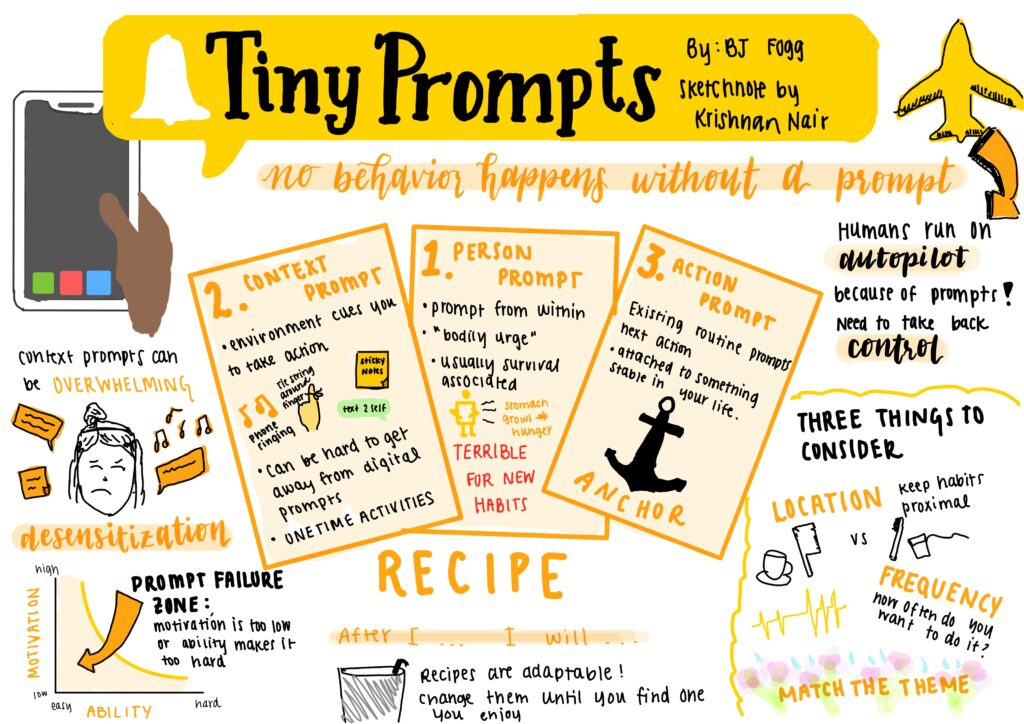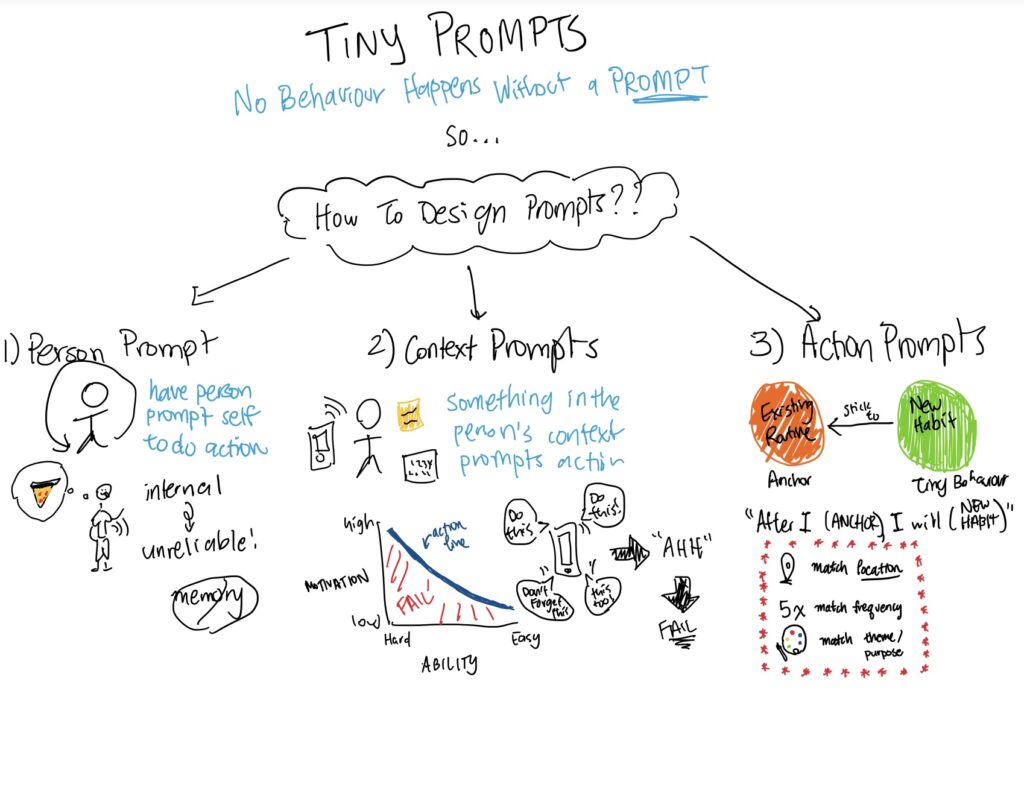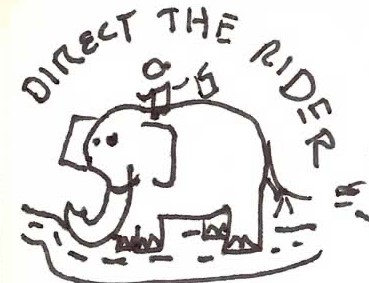Intervention Study Design
Our intervention is inspired by the game of “Truth or Dare”. The goal of this intervention study was to analyze how games can be incorporated into mindfulness practices and used to establish habits. We chose to model our intervention after “Truth or Dare” due to the familiar mechanics of the game, which creates a low barrier of entry. We were also inspired by the mechanics of Wordle, where all users have the same challenge each day.
The intervention protocol is as follows:
- Each morning, we would text our participants “Truth or Dare”. We designed the prompts to feel like a chat bot.
- The “Truth” prompt is a consistent daily reflection that asks users “what is one event that has occurred in the past 24 years that you are grateful for?” Users could respond with a voice memo or text message.
- The “Dare” prompt consists of a daily challenge that asks users to engage in some social situation. Pictured below is an example of a dare. Users would respond with a reflection of completing their dare via text message or voice memo.
- If a user would like to skip the dare, they could switch to the “Truth” option instead.
- Users were reminded in the middle of the day if they had not completed their challenge

Key Questions:
Question: Does the gamification of daily gratitude prompts help increase mindfulness?
Yes, most users found that mindfulness can be overwhelming at times but found comfort in the “Truth or Dare” format that they’re already familiar with. In this way, the gamification of mindfulness allowed users to break through the barrier that would have otherwise held them back from practicing mindfulness or gratitude.
One user specifically mentioned how mindfulness had felt “hippie-ish” or something that took a lot of effort and time, feeling the need to dissociate with the activity. However, the game aspect of “Truth or Dare” made mindfulness more approachable and accessible. Rather than viewing it as a task or part of a certain subculture, the universality of play made mindfulness attractive.
Question: Do those who are stuck in a routine want to break out of their routine?
In our study, we found that the majority of users liked the disruption that dares provided to their daily routine. One user reported that the Dares, despite providing a sense of social anxiety, also encouraged her to reach out to people that she hasn’t talked to in a while. The dares provided a sense of obligation to the people in her life, rather than just the tasks in her current to-do list.
Most users found that the truths integrated well into their routines, as they could respond quickly or at times when they had a break. This was commonly done in the morning when users would choose between truth and dare. One thing we were interested in was whether the morning time was an optimal time for reflection, as in our baseline study, we found that the majority of participants reported feeling groggy and unmotivated in the mornings.
Even if users responded in the morning, they reported consciously thinking about the “truth” prompt throughout the day, allowing them to better formulate their responses in the morning. This acted as a form of pause in their day that didn’t force them to remove themselves from their Google Calendar blocked schedule.
Other Findings:
- Dares induced social anxiety in some users. To solve this, we may consider mixing in some dares that do not involve other people, for example “Go for a walk and take a picture of something you thought was beautiful.”
- We found that it was hard to incentivize users to self-report their dare results. To accommodate this, we can add in a brief reflection at the end of the day that allows users to rate how they felt after completing the dare and optionally add some text description or media content.
- Our participants were surprised by the consistency of the truth prompts. They expressed the desire to have variety in the truth option that would force them to think about gratitude in different ways each day.
- Our users found satisfaction in both Truth and Dare activities but the satisfaction felt very different for each. When choosing dares, users reported that they felt a satisfaction in actually seeing a result of their gratitude, but with truths, the satisfaction came from the intrinsic motivation of wanting to reflect on bright spots in their days.
Model –> Connection Circle
Based on our findings from the intervention study, we created the following connection circle to better understand the emotions of our users as they played the game. More specifically, we found an interesting connection between social anxiety and dares that led to failures of completion. Furthermore, dares that requires users to engage with another person required them to coordinate with another’s schedule. This posed a challenge for our users as they were already on a chaotic college schedule. This causes us to consider physical activities or challenges that can be done alone, reducing ones qualms of social interactions. One thing that surprised us was even when the users who felt anxiety felt relief and encouraged to continue acting on the dare.
The ability to switch between truth and dares provided a significant sense of relief for users as they didn’t feel trapped after making a decision. If a user decided that they couldn’t handle a dare today, they could still reflect via a truth. If a user felt ashamed for choosing a truth (as we used to as kids because the dares were more daunting), then they could still take a leap of faith and immerse themselves in a dare.
As we started our study on Wednesday, we also were able to see how shifts in schedules could disrupt the game flow, and thus destroy one’s motivation to continue. As a result, we are considering implementing an onboarding process that allows the user to enter in the best times for them to be notified, reminded or choose an option between Truth or Dare.
Because users reported a desire for these activities to be conducted in solitude, we figured that having a consistent dare across users would be obsolete. As a result, we are considering how a randomized algorithm could be utilized to generate dares instead.




